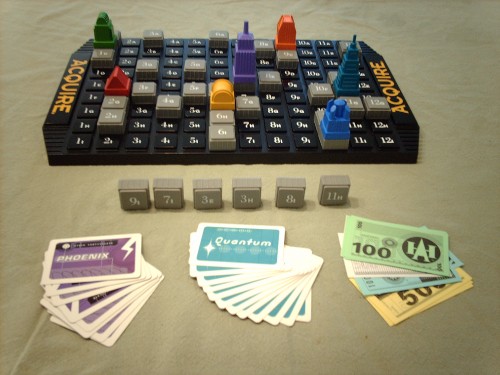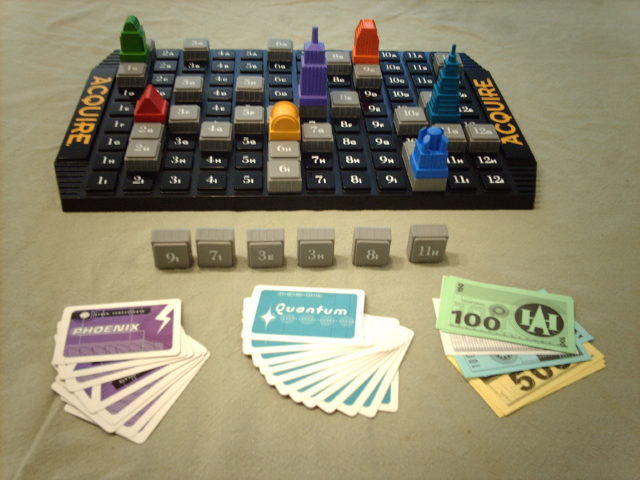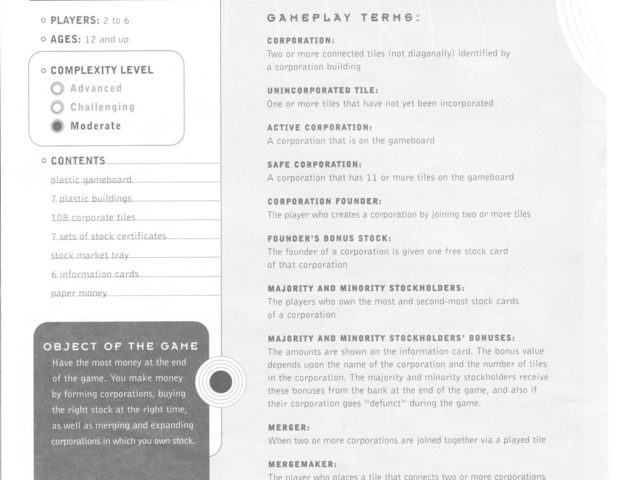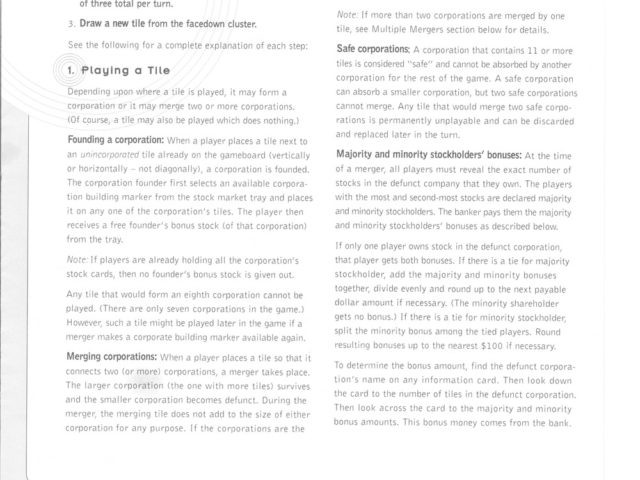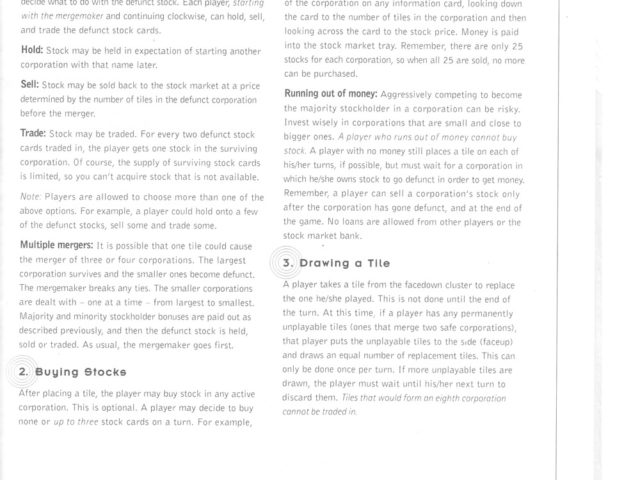
When I was a kid, I played a lot of role-playing games. The Marshall brothers, Lucas, Paul and Jonas, and my neighborhood pal, Ryan Sullivan, were my primary playmates in this regard. I played intensively between the ages of about nine and fourteen. After that, rock and roll and movies took over.
As far as I can remember, Jonas Marshall was the local ringleader when it came to pen-and-paper role-playing and strategy games. It was in his basement on Third Street in southwest Calgary where I saw my first set of polyhedral dice. Jonas’s younger brother, Paul, was my age; we, along with the avuncular Ryan Sullivan and a couple of other semi-interchangable bright-eyed and dirty-fingernailed boys, constituted the Rideau/Roxboro geek cohort of our time. Most of us were already into games of various sorts — from video games we typed into our computers from BASIC programs printed in magazines, to simpler fantasy and board games like Crossbows and Catapults or Risk. If the games we played used dice, they used six-sided dice only. Jonas, on the other hand, three years older than the rest of us, had games that used the full set of Platonic solids and more: the near-spherical d20, the better-than-rolling-two-regular-dice d12, the percentile-generating d10, the sturdy-rolling outlier d8 and the dangerous-to-tread-upon d4.
The subject-matter of the games Jonas played (fantasy, science fiction, espionage, etc.) was almost certainly the main driver of my interest in playing them; that said, the fact that these games used an array of esoteric dice foreign to my eyes and completely alien to those of my parents and teachers was undeniably an attraction. Unlike the by-then over-familiar six-sided dice that generated random numbers for the bulk of the games I played in my childhood, a set of polyhedral dice was something otherworldly and almost magical. It became de rigeur for each of us to own at least one complete set — often bought one at a time with the money left over from allowances spent on comic books and game manuals — and to keep this set in an well-considered game-appropriate pouch or box. I had a velvety purple Crown Royal bag that resonated nicely with my magic-user alter ego; had I been able to afford one, I would have probably upgraded to leather.
In addition to their stochastic function within the games we played, polyhedral dice — the way they were carried, handled and regarded — played an almost ritual role in our gaming activities. Gaming sessions would begin as we arrived in the Marshall brothers’ basement (after first pausing to eat ravioli and drink milk graciously served by the tireless Mrs. Marshall), took our seats on the tight carpet and poured our dice onto the floor as if emptying our pouches of coins or magic tokens. A red and translucent d4, a solid black d20, a light blue d8 with orange numbers grease-penciled in: each die had a certain power, a look, a kind of meaning-rich resonance in my young mind. Each was supposed to be a ‘good roller,’ and it was not unheard of to discard a die that consistently rolled against one’s desires. Jealousies existed. My black d20 was reknowned for its power.
In the early days, the older — indeed, seemingly wizened and grey though let’s face it, he was just a twelve or thirteen year-old — Jonas Marshall would function as Dungeon Master (or game master, or whatever the moderator/admin/storyteller was called in the game we were playing), and while he set up the cardboard screens that contained saving throw charts and random event lists, the rest of us would get our character sheets together and test-roll our dice and maybe even line them up in ascending or descending order. But this was more than just a readying of the tools necessary to play a game. The reality was, we each had our own special dice and those dice were laden with personal meanings related to the pivotal function they would play in the ongoing co-creation of story and incident that emerged from and constituted our gaming activity. This wasn’t Monopoly; even though storytelling was certainly a key component of any Monopoly session, the narrative component, like the dice-rolling itself, was simple and repetitive and predictable: someone gets rich, everyone else goes broke. In Dungeons and Dragons or Top Secret or Traveller (my personal favorite), absolutely anything could happen, there was no end to the game (only the conclusion of chapters or ‘modules’), and the role that dice and random numbers played was richer and more nuanced by orders of magnitude.
This nuanced relationship between randomness, storytelling and play was probably my favorite thing about [insert RPG here], and while the dice we used initially seemed weird and possibly even merely arbitrary and decorative, it quickly became apparent that the depth and sophistication of the RPG experience — at least one wherein randomness has a hand in everything from how much coinage is found on a dead kobold to the duration and effects of drunkenness on a female half-elf cleric who is unwittingly carrying a cursed morning star — utterly depended on going beyond the traditional xd6 system for random number generation used in typical board games.
Role-playing games use polyhedral dice because of the many different kinds of randomness they can generate. Six-sided dice generate even odds when when you roll one die at a time and are looking for a number between one and six; but when you start needing more numbers, which happens very quickly when you’re designing a game system that tracks a large amount of variables across multiple domains, simply adding dice messes with the odds and removes pure randomness from certain parts of the system. For example, any kid knows that the seven is the most likely number to roll when you toss two six-sided dice because there are more possible combinations of the numbers 1, 2, 3, 4, 5 and 6 that add up to seven (1+6, 2+5, 3+4, 4+3, 5+2, 6+1) than there are for any other number between 2 and 12. A 12-sided die (d12) changes all that. You’re just as likely to roll a 7 on a d12 as you are a 1 (which you can’t even roll at all on 2d6). This “pure” randomness frees designers from having to take into account the imbalances in the probabilities of combined dice rolls, opening the doors to new uses for randomness that incorporate regular result distributions within larger numerical ranges (and, of course, the many irregular distributions produced by combinations of multiple dice).
By using polyhedral dice, RPG designers enabled a wide variety of new uses for dice rolls, from simply randomly selecting one item from a list of 20 using a d20, to managing a sliding scale of modifiers within a die-specific range or on bell curves created by multiple dice. This flexibility made possible the richly detailed game mechanics of classic RPGs, and set the stage conceptually for the computationally-managed RPG combat and experience engines under the hood of games like World of Warcraft.
I know I’m not alone in appreciating the deep formal, epistemological and sentimental connections between polyhedral dice, the story/game systems of my childhood, and the exciting possiblities of interactive and generative computational art. The playful interplay of randomness and rulesets that I discovered in the Marshalls’ basement led me down a path toward my present interests in the relationships between play, story and procedural authority; remembering how the dice made me feel reminds me that emotional engagement always wins the day, particularly when it comes to calling audiences to action and engagement, and that speaking to and from the heart is, at the end, what we’re all really after.

